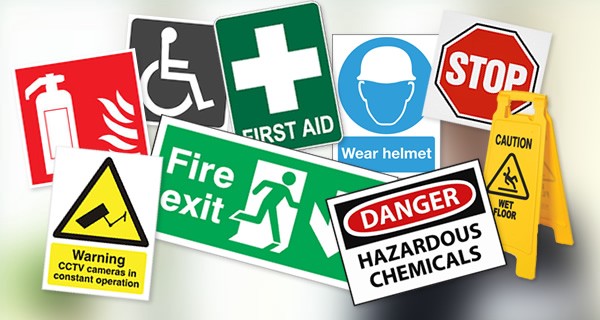In recent years, hospitals have experienced a number of challenges that have left healthcare workers, patients, and their families feeling overwhelmed. From COVID-19 to staffing shortages, the healthcare landscape has become emotionally charged. As frustrations rise among patients, it’s become more imperative than ever that healthcare staff remains protected.
Unfortunately, there has been a drastic increase in both physical violence and verbal abuse against healthcare workers in recent years. As more issues emerge, decision makers within hospitals have an obligation to protect their staff.
The Call for Increased Staff Safety in Healthcare
Although violence in hospitals and other healthcare environments isn’t new, its prevalence is rising, and has become a concerning trend. For example:
- Healthcare workers are five times more likely to encounter workplace violence than workers in any other industry.
- Violent attacks against healthcare workers grew by 63% from 2011 to 2018, and has likely only escalated since the pandemic.
- Nearly half of nurses polled about workplace violence (48%) say they’re encountered an increase in workplace violence.
Keeping nurses safe is important for many reasons. For one, ensuring the proper protections are in place to prevent workplace violence can help avoid serious injuries and accidents, which could otherwise have devastating implications like litigation and irreversible reputational damage. For another, nurses and other healthcare workers are already experiencing record levels of burnout. Implementing strategies to keep them safe against workplace violence can give them one less thing to worry about, and can show them that their employer is committed to protecting their wellbeing.
Tools to Keep Your Healthcare Staff Safe
While technology to protect healthcare staff isn’t new, it’s becoming more widely adopted in healthcare settings across the U.S. One such solution is the panic button. Also known as staff duress alarms or staff assist buttons, these tools allow nurses and other healthcare staff members to call for help if they feel physical harm could come to them. There are many times when nurses are alone with patients and their family members, but having a panic button within reach can provide added protection and peace of mind. These tools can be wearable, wall-mounted, or activated via a tablet or similar device.
Panic buttons are just one option to consider, however. Other technology can be used to create a comprehensive security strategy for your healthcare staff, including:
- Video surveillance
- Access control features, such as keycards, biometrics, and touchpads
- Mass notification systems to alert healthcare workers of any threats
- Body cameras for staff members
No matter which tools you leverage, now is the time to ensure you have a strong staff security strategy in place — before an event takes place.
Another aspect of ensuring your hospital is operating safely and efficiently is having the right employees. Ensearch can help you find the best neonatal nurse practitioners to staff your NICU. Find out more about how our staffing solutions could benefit your hospital and get started by completing a Comparative Needs Analysis today.

